The designs of some of the banknotes in the world are superb and marvelous leaving aside the national symbol of each country. People have always wanted more dollars, euros, and yens, but if you have a look at the Dutch currency – the Guilder till the year 2002, then you would immediately trade off all of the above for a Guilder. The Dutch currency is one of the most beautiful currency notes of the world which was in circulation. We have made an exotic collection of the most beautiful currency notes of the world that includes Iceland’s Kroners, Cook Islands Dollars, Serbian Dinar or Paraguay’s Guarani and much more. The International Bank Note Society (IBNS) names a ‘banknote of the year’ each year and Switzerland’s Franc has won the award recently.
Dutch Guilder
The Dutch Guilder was the currency of the Netherlands. The Dutch Guilder was one of the most
attractive and beautiful banknotes of the world
. It was in circulation from the 17th century till 2002. Later it was replaced by the Euro. The Netherlands Antillean guilder is still in circulation and is used actively in Sint Maarten and Curacao, two countries in the Kingdom of Netherlands, but this is very different from the Dutch guilder.
Australian Dollar
This is the currency of the Commonwealth of Australia that includes Norfolk Island, Christmas Island, and Cocos Islands along with independent Pacific Island states of Tuvalu, Nauru, and Kiribati. Till the year 2011, the Australian dollar was the fifth most traded currency in the world after the US Dollar, the Euro, the Yen, and the Pound, and it accounted for 7.6% of the world’s daily share.
New Zealand Dollar
This is the currency of the Realm of New Zealand and the territories of the Tokelau, Cook Islands, and the Ross Dependency along with the single British Overseas Territory, the Pitcairn Islands. It is generally divided into 100 cents. Recently in the year 2015, the New Zealand $5 banknote was named the best banknote of the year. It was the standout winner among the 40 beautiful notes presented from 20 countries.
Dollar
The Dollar is the currency of the Cook Islands in New Zealand. This dollar is subdivided into 100 cents. 50 cent coins are termed as 50 tene. Until the year 1967, the New Zealand pound was used in the Cook Islands before the New Zealand dollar replaced it. The dollar is at par with the New Zealand dollar and they circulate within New Zealand and the Cook Islands concurrently.
Kronurs
The Kronurs is the currency of Iceland. The Kronurs was initially divided into 100 aurar; this subdivision is no longer valid. The abbreviation for Kronurs is ISK. The coin denominations available in Krona are 5, 10, 50 and 100 Kronurs, and the banknotes available are 500, 1000, 2000, 5000 and 10000 Kronurs.
Paraguayan Guaran
This is the national currency of Paraguay. It is divided into 100 centimos initially but due to inflation, centimos no longer exist. The Guarani came into existence in the year 1944 and it replaced the peso at the rate of 1 Guarani = 100 pesos. It was pegged to the US Dollar at a rate of 1 USD = 126 PYG between the year 1960 and 1985.
Rand
The Rand is the currency of the Republic of South Africa. It is abbreviated as the symbol ‘R’ and it is subdivided into 100 cents which are represented by the symbol ‘c’. This currency is commonly used in South Africa, Lesotho, Namibia, and Swaziland.
Swiss Franc
The Swiss Franc is the national currency of Switzerland. It is abbreviated by the code CHF. This is also the legal currency of the Campione d’Italia in Italy and Liechtenstein. It is issued by the Swiss National Bank (SNB) and the coins are issued by the federal mint Swiss mint. The banknote denominations available and in circulation are 10, 20, 50, 100, 200 & 1,000 francs.
Also Read: Best Places to Visit in Switzerland
German Mark
This was the currency of Germany and was used from the unification of Germany until the year 2002 before it was replaced by the Euro. It was often referred to as the Deutschmark in English and as Mark in German. In the year 1948, the German Mark replaced the Reichsmark and served as the official currency until the year 1999.
Colon
This is the national currency of Costa Rica and is represented by the code CRC and the symbol ‘₡’. The banknote denominations in circulation are 1,000, 2,000, 5,000, 10,000, 20,000, and 50,000 colons. This currency was introduced in the year 1896 after replacing the Costa Rican peso at par.
Serbian Dinar
This is the national currency of Serbia. It is estimated that the dinar was introduced way back in the year 1214. The banknotes in circulation are 10, 20, 50, 100, 200, 500, and 1000 dinars. There are denominations of 2000 and 5000 dinar also available, but they are rarely used. The dinar was introduced in the year 1876 with the denominations of 1, 5, 10, 50 and 100 dinars. Later gold and silver notes came into existence from the year 1884.
Italian Lira
This was the currency of Italy from the year 1861 to 2002 and the currency of the Albanian Kingdom between the years 1941 to 1943. It was also the currency of the Napoleonic Kingdom of Italy in the year 1807 to 1814. It was eventually replaced by the Euro; however between the years 1999 to 2002, the Italian Lira was the national subunit of the Euro. It is represented by the symbol ‘L’. The Lira was established with 4.5 grams of silver or 290.322 milligrams of gold. The banknotes which were used were in the denominations 1,000, 2,000, 5,000, 10,000, 50,000, 100,000, 500,000 Lira.
Uzbekistani Som
This is the national currency of Uzbekistan. The currency code is UZS and it is issued by the Central Bank of the Republic of Uzbekistan. The banknote denominations in circulation are 1, 3, 5, 10, 25, 50, 100, 200, 500, 1000, and 5000 Som. The Som was introduced in the year 1993 replacing the ruble at par.
Franc
This was the currency of France and was represented by the code FRF. It was represented by the symbol ‘F’ or ‘Fr’. For a brief period, the Franc was also represented by the symbol ‘NF’ post the revaluation of the Franc in the year 1960. It is eventually replaced by the Euro in the year 2002. The banknotes which were used earlier were in the denominations 20, 50, 100, 200, and 500 Franc.
Comorian Franc
This is the national currency of Comoros. It is represented by the code KMF and by the symbol ‘CF’. It is subdivided into 100 centimes. The banknotes available which are in circulation are of the denominations 500, 1000, 2000, 5000, 10,000 Francs. It was pegged at the rate of 1 Euro = 491.96775 Francs. It was introduced in the year 1891 post the Islands becoming a French protectorate.
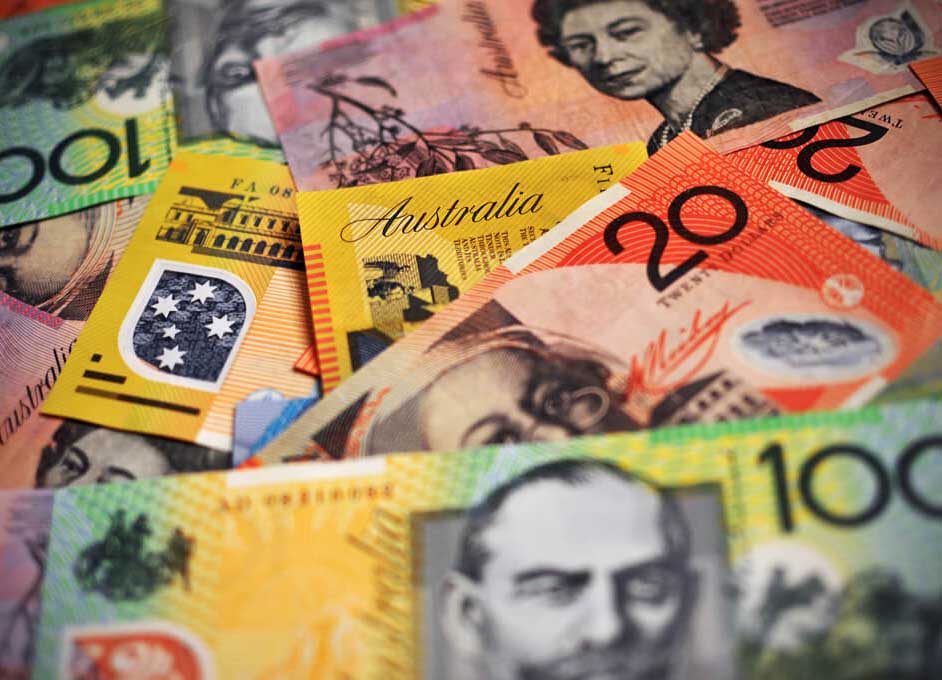

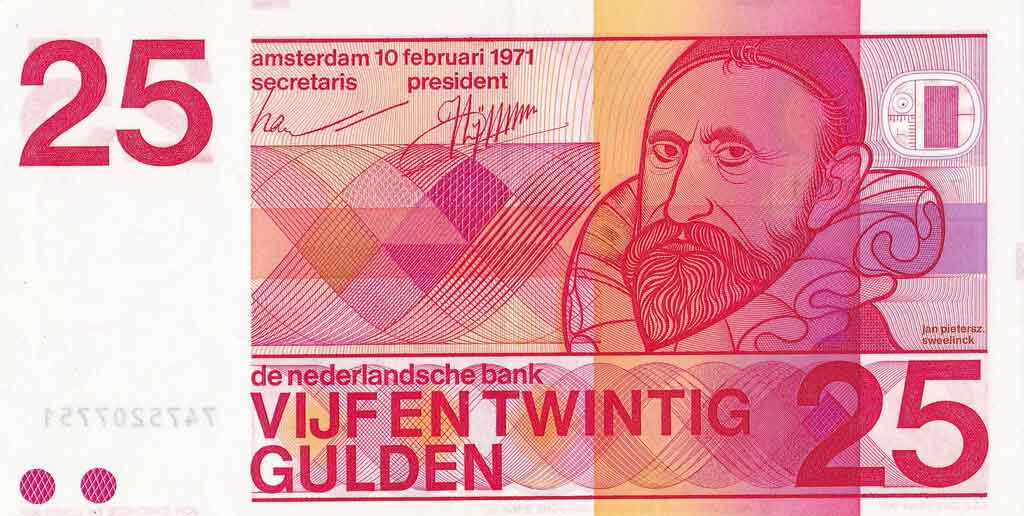
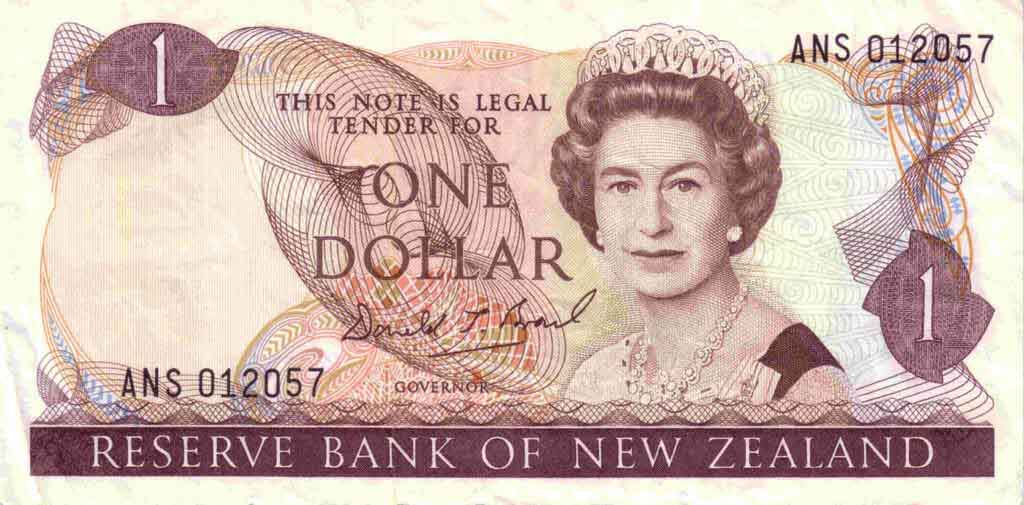
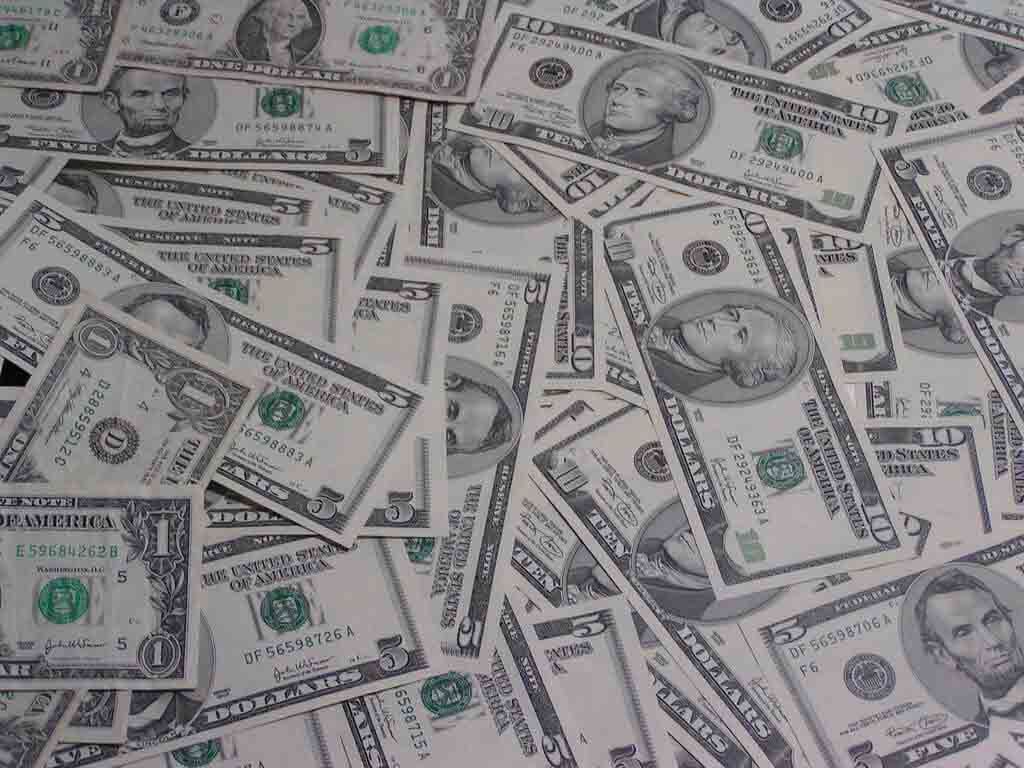
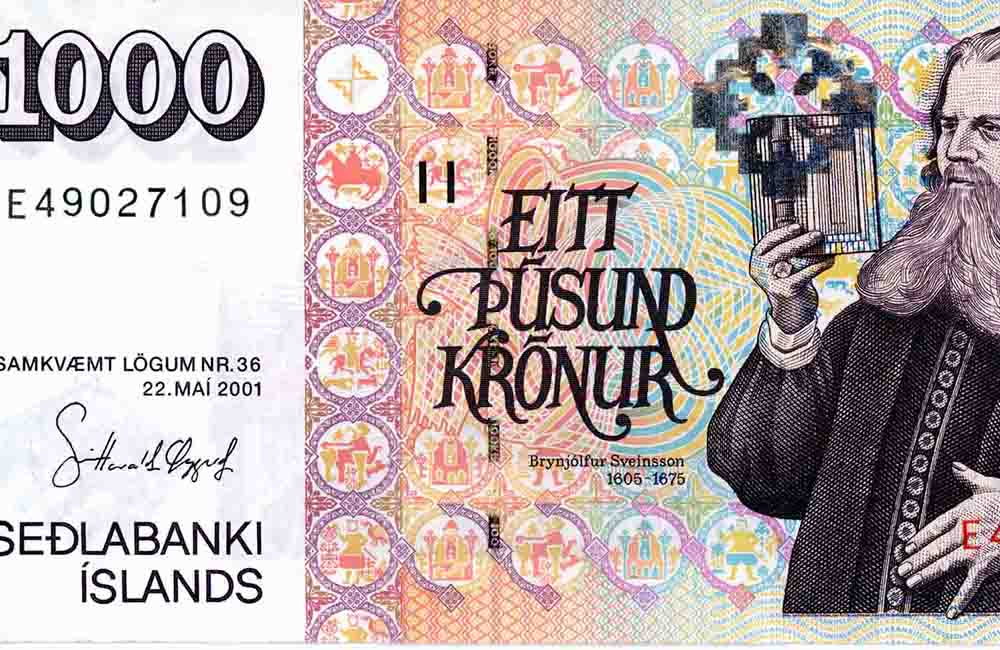
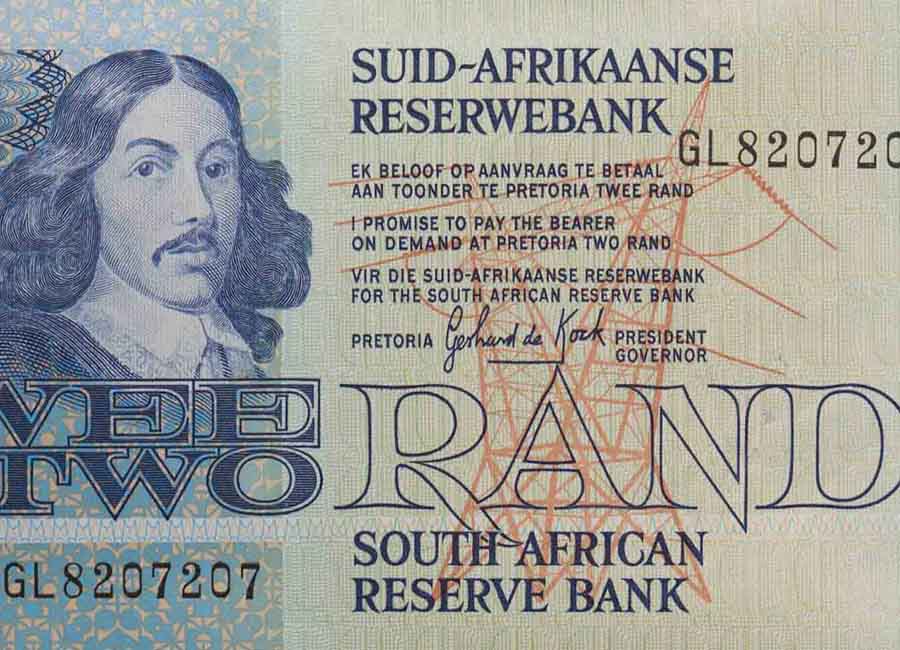
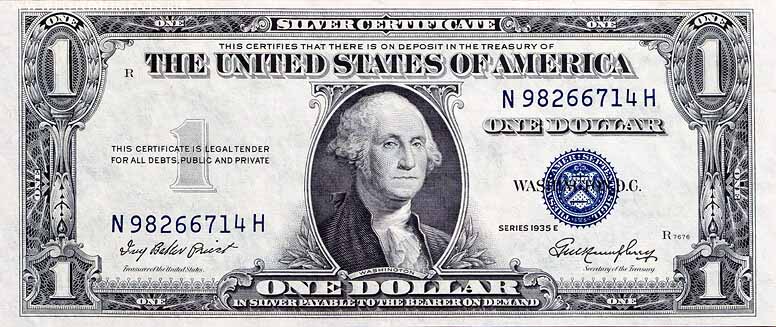
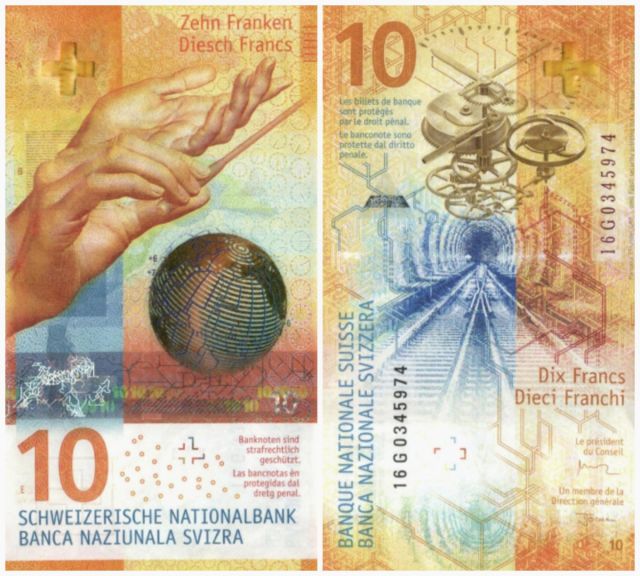
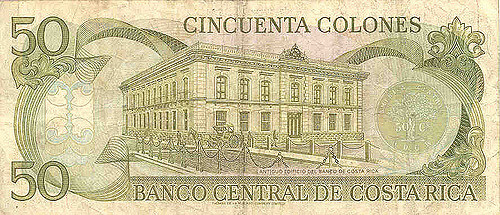
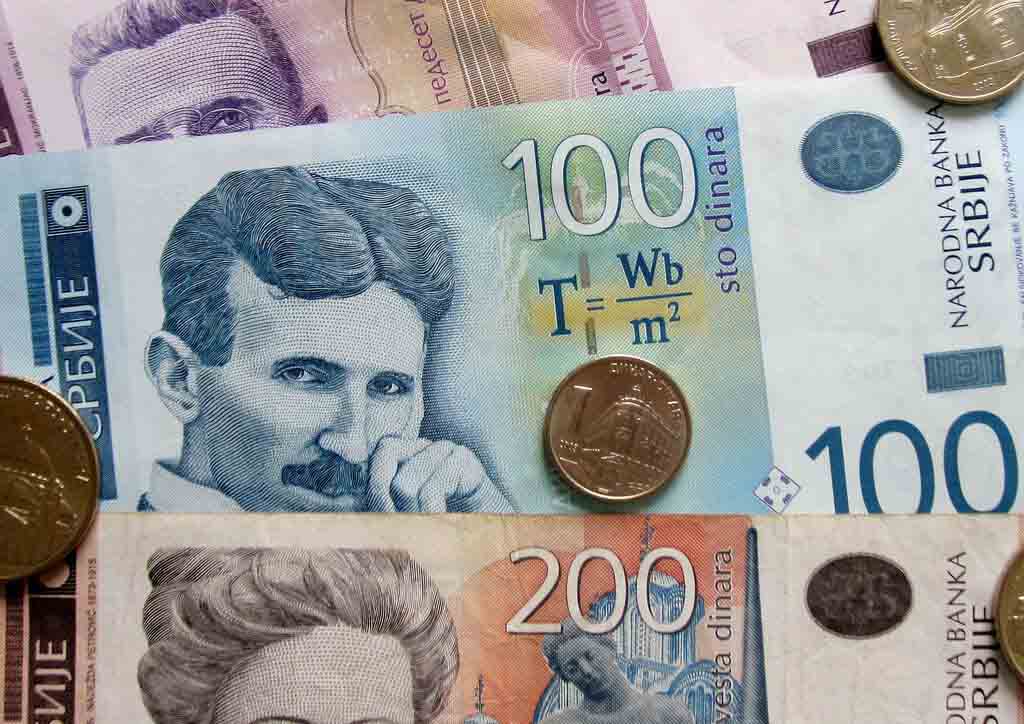
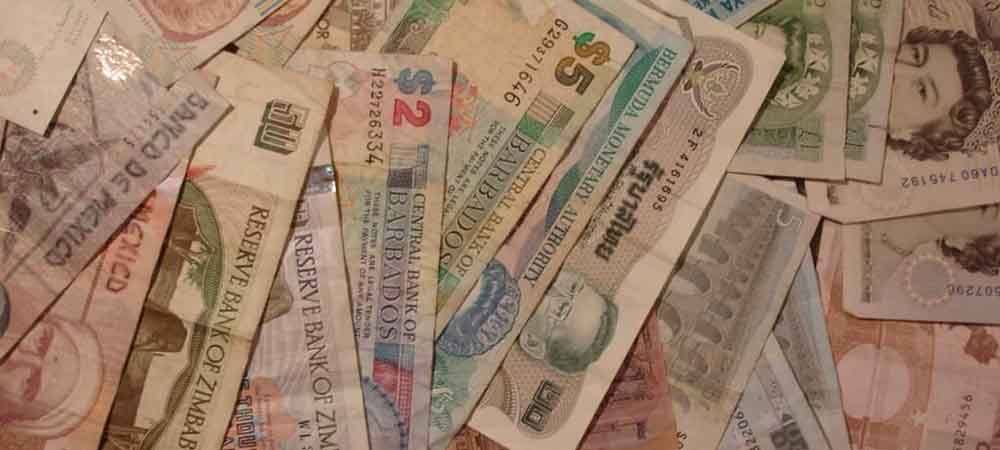
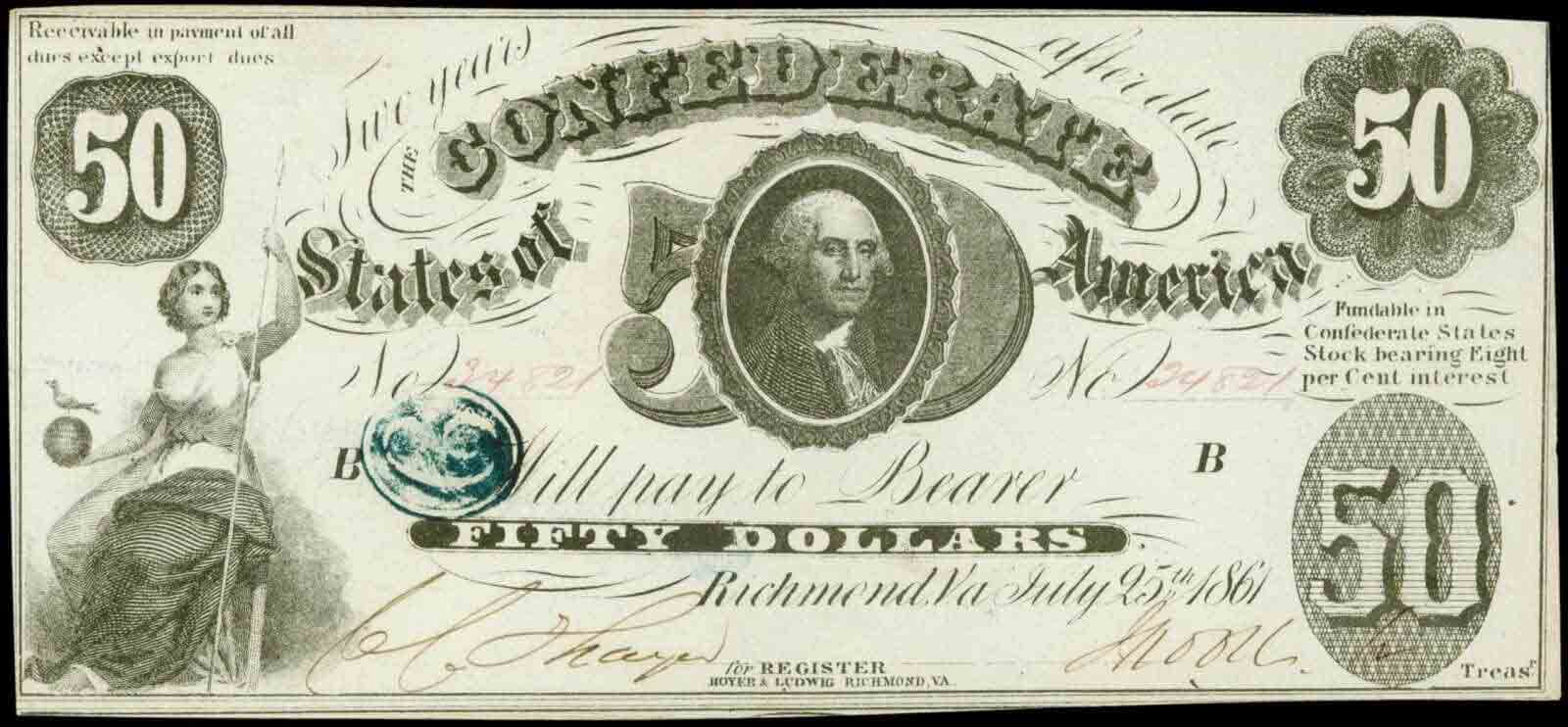
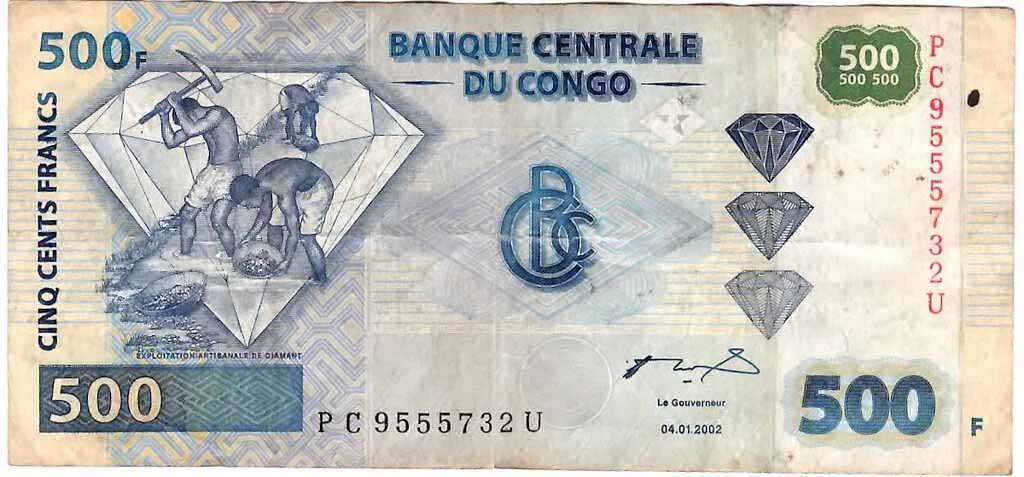
Hello! I merely would like to give a large thumbs up for the great information you have here within this post. We are coming back to your website for more soon.